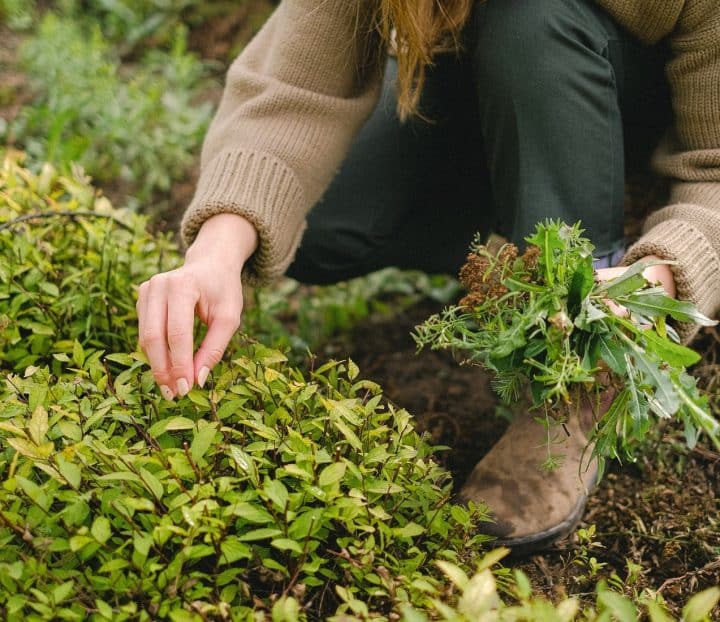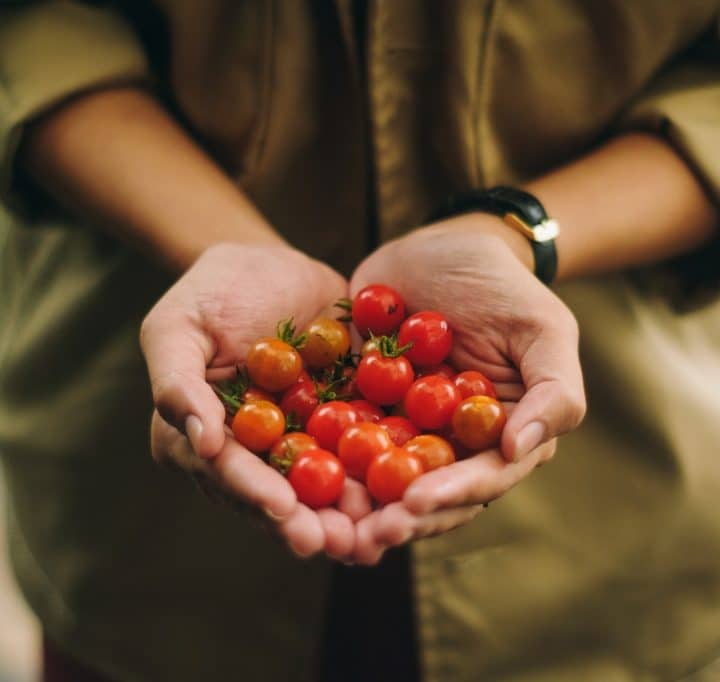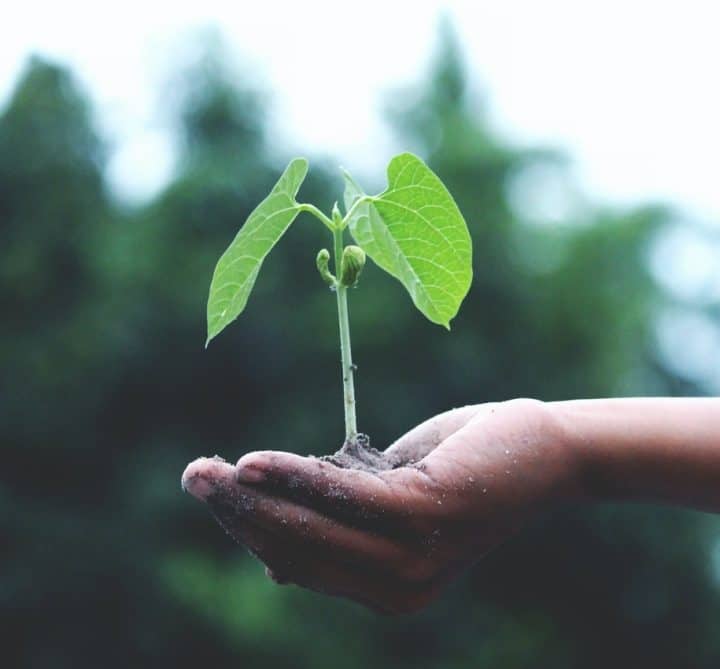Every gardener knows how important it is to plant by the season. But luckily, there are different things you can plant throughout the year. This means that you never have to give up your gardening hobby. And so, if you’re asking, is it too late to plant a garden, the answer is no. While some months won’t be as great for planting, there’s still plenty to do in your garden year-round. Here’s a month by month guide for you to follow.
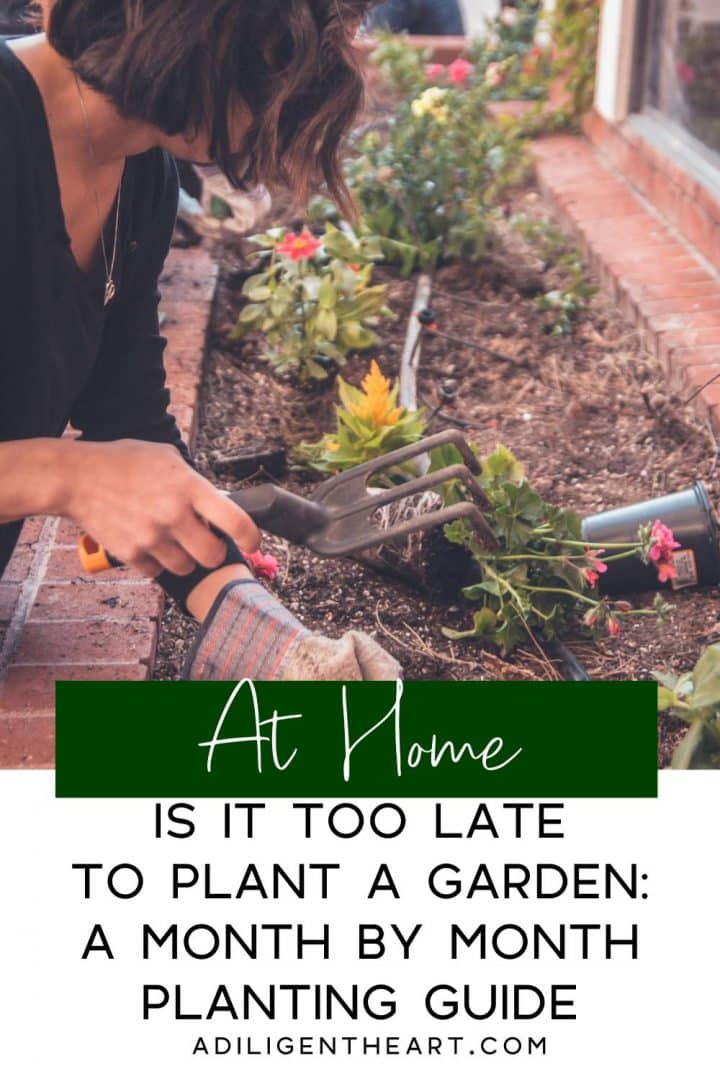
Is It Too Late to Plant a Garden: Things to Keep in Mind
This article will provide a general guide for the best time to plant seeds, but the best times to plant may vary based on where you live.
Be sure to check the USDA plant hardiness map for your area before you start planting. If you have any more questions about your specific area, try reaching out to your local county cooperative extension.
January and February
With its frosts and chilly temperature, January and February are two of the months where you won’t want to plant. Instead, focus on garden planning. Start sketching out ideas and researching what you’d like to plant when the weather warms up. It’s also a good time to put in seed orders for plants you know you want in your garden.
Also, remember that some of your delicate plants should be covered for the winter. And if you’re asking what plants need to be covered in winter, be sure to cover delicate trees, tropical plants, and annual plants.
When to Start Spring Garden: March and April
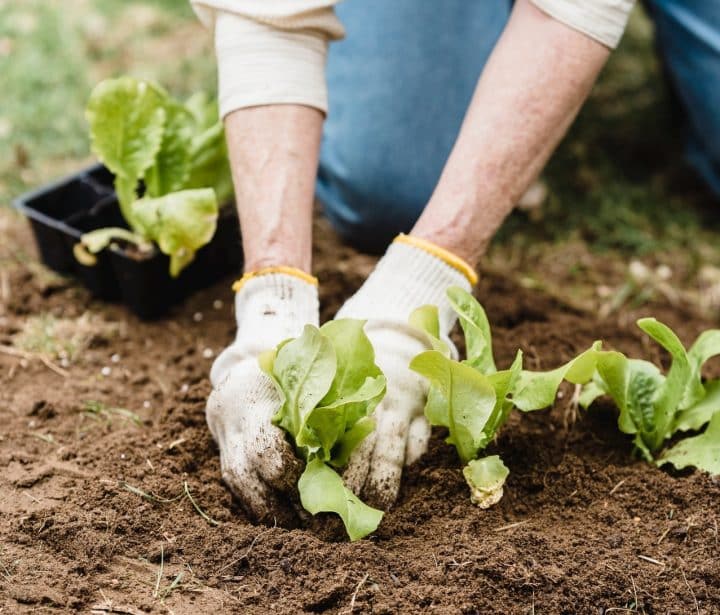
The first part of March will probably still be too chilly too plant. But as the weather warms up, start checking your soil with a thermometer. Once the soil is above 40 degrees Fahrenheit, you can start planting some cool-season crops. This includes power greens like kale and spinach. You could also plant onions now.
If you’re asking when’s the best time to plant seeds, April will be your best bet.
As March turns into April, keep checking the soil temperature. Once it’s about 60 degrees Fahrenheit, it’s time to bring out the warm-season crops. This includes Brussel sprouts, cabbage, beets, carrots, turnips, and spring onions.
And if you’re asking when is the best time to plant strawberries, now is the time to go ahead and plant them.
May and June
By May and June, the weather should be warming up nicely. Soon, it will be time for heat-loving crops and your summer garden plants. When the soil temperature is about 70 degrees Fahrenheit, you can plant vegetables like tomatoes and peppers.
Now is also a good time to plant herbs, sweet corn, and cucumbers.
Summer Garden Plants: July and August
Now that we’re in the heat of summer, it’s time to start focusing more on harvesting than planting.
Be sure to harvest daily, and stake plants like tomatoes. Make sure the garden has enough mulch, and be sure to remove any weeds that could prevent your plants from flourishing. If you’d like, you can do more planting before the fall harvest.
September and October
As the warm months come to a close, continue harvesting your vegetables daily.
If you’d like, you can plant one more round of cool-season vegetables, such as kale, beets, radishes, spinach, and turnips.
When the weather starts cooling down, be sure to protect delicate plants like tomatoes. Cover them with a sheet to protect them from frost. Also, be sure to pot some of your herbs and bring them inside for the winter to make a beautiful indoor herb garden.
This is also a good time to start digging new plant beds for next spring. It’s never a bad idea to think ahead.
November and December
The end of the year, and the winter weather, is here.
Continue harvesting your cool-season plants. Since it’s probably not raining as much anymore, be sure to water them frequently and use a fertilizer. As the year comes to an end, harvest the rest of your cool-season vegetables.
Then, enjoy the holidays and start planning your garden for next year!
Takeaway
If you’ve been asking, ‘is it too late to plant a garden,’ we hope this article helped you. Now that you know when is a good time to start a garden, it will be easier for you to start which seeds to choose and when to plant them.
It’s also nice to learn about how to take care of them, how much sunlight and water they need, and how to keep them healthy. Soon, you will be able to harvest your organic vegetables and fruits.
